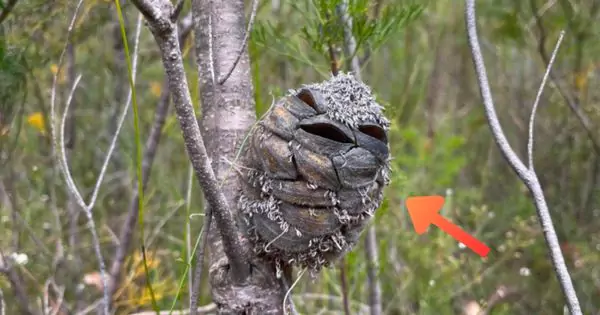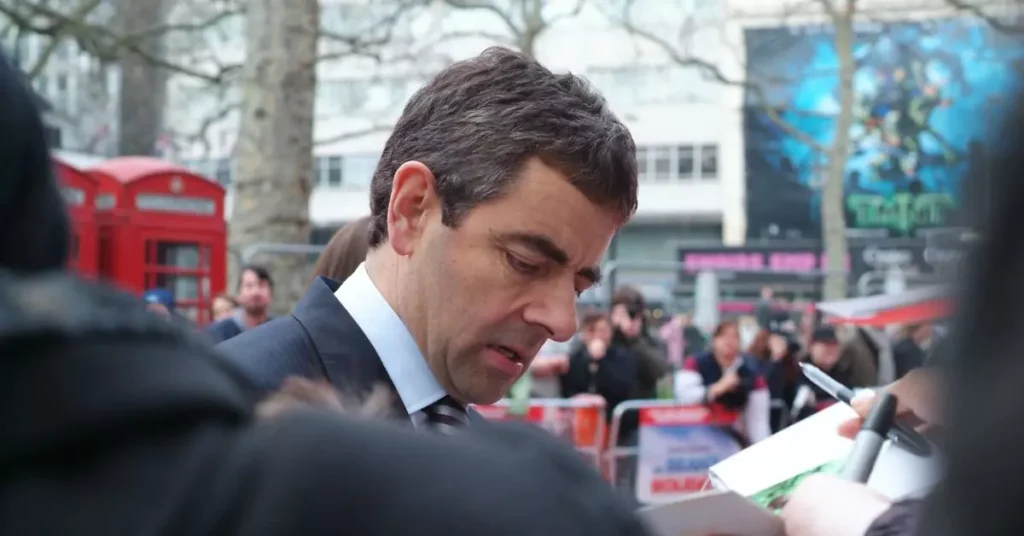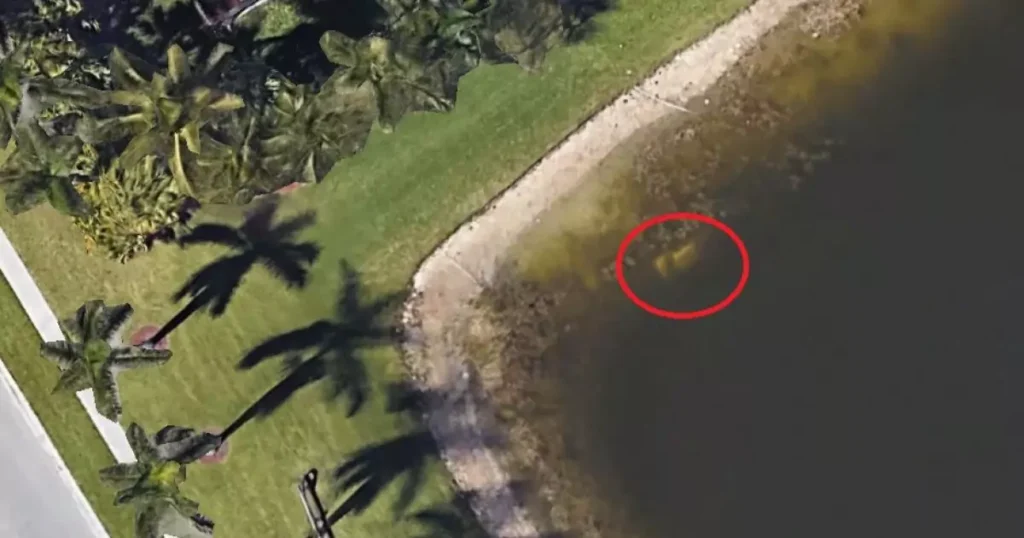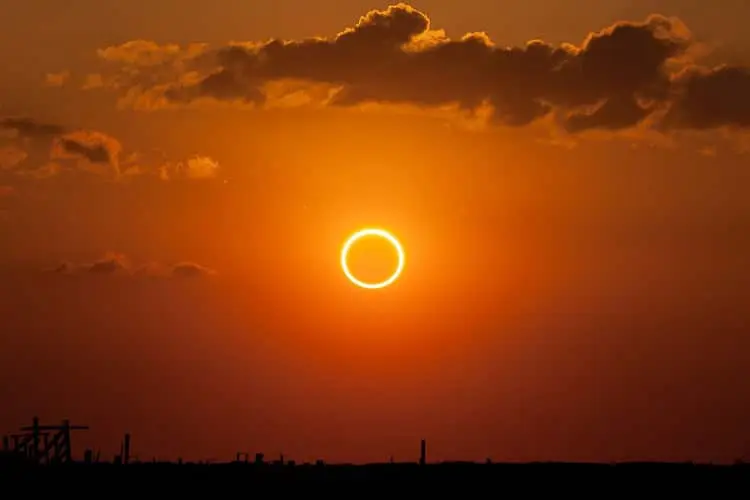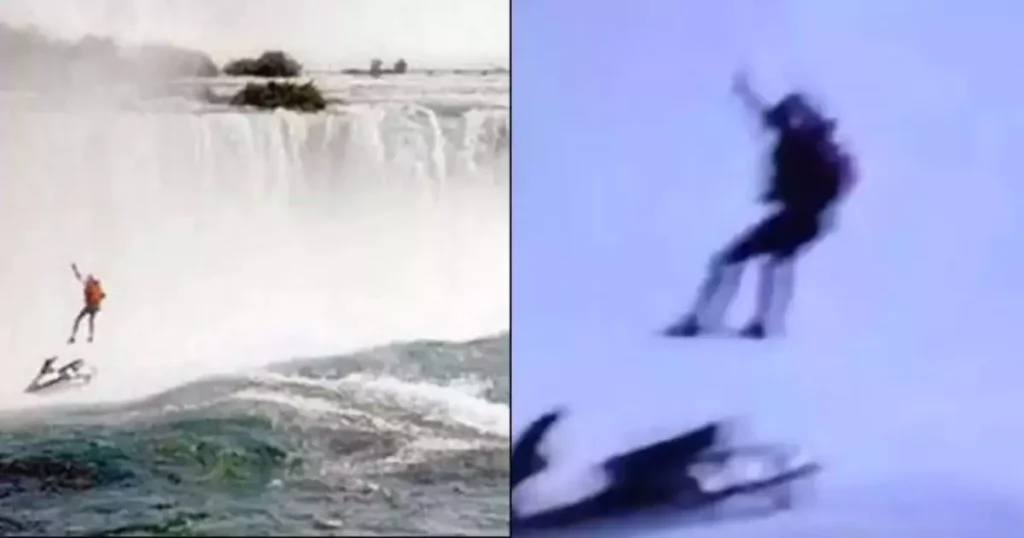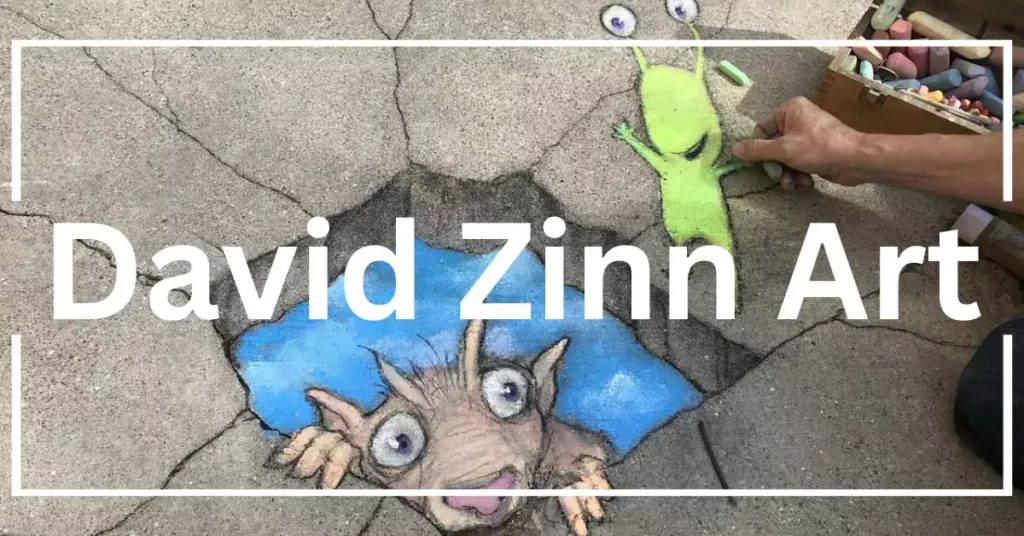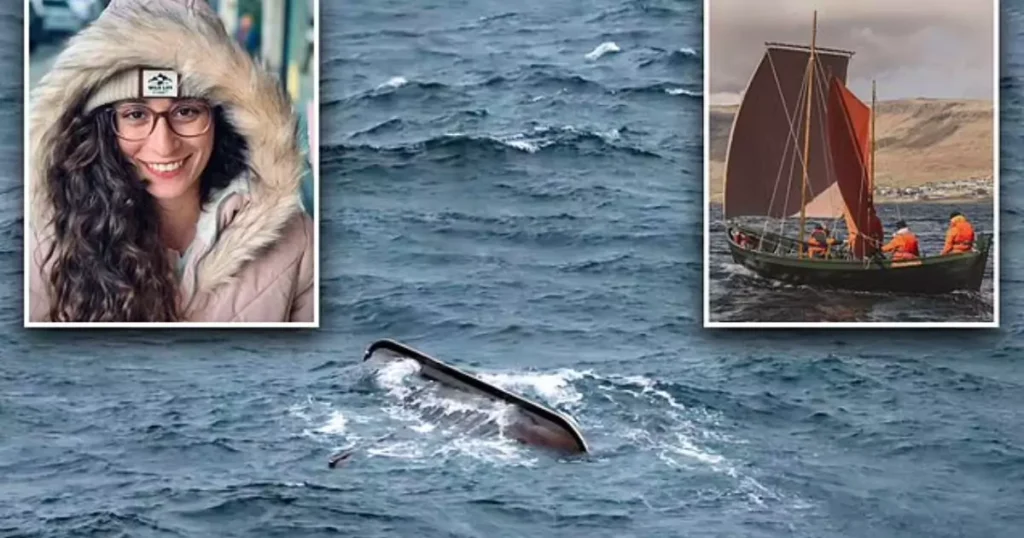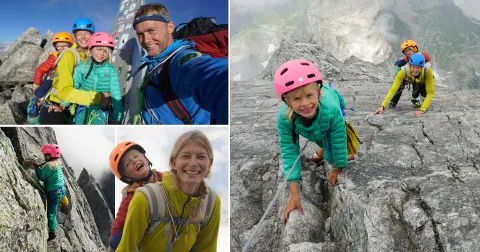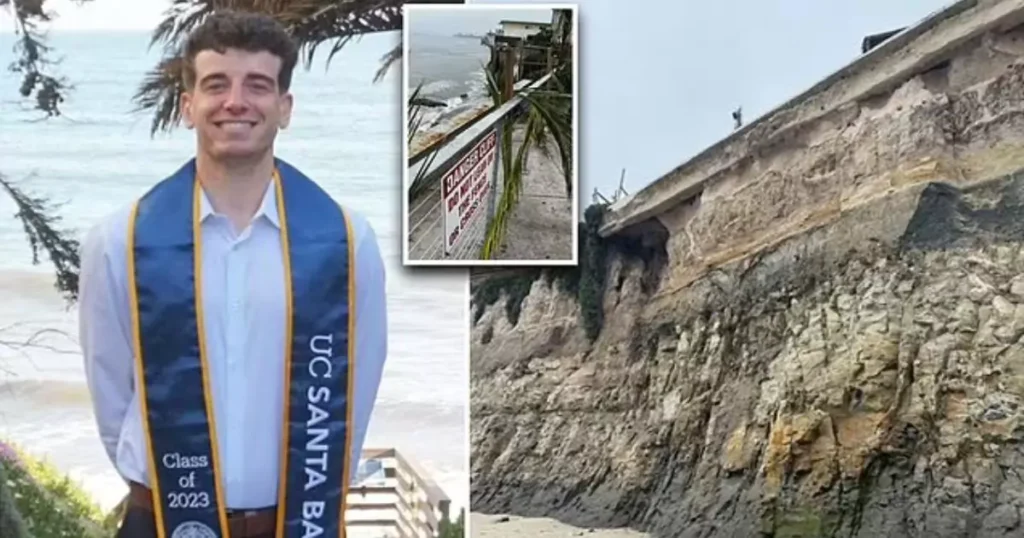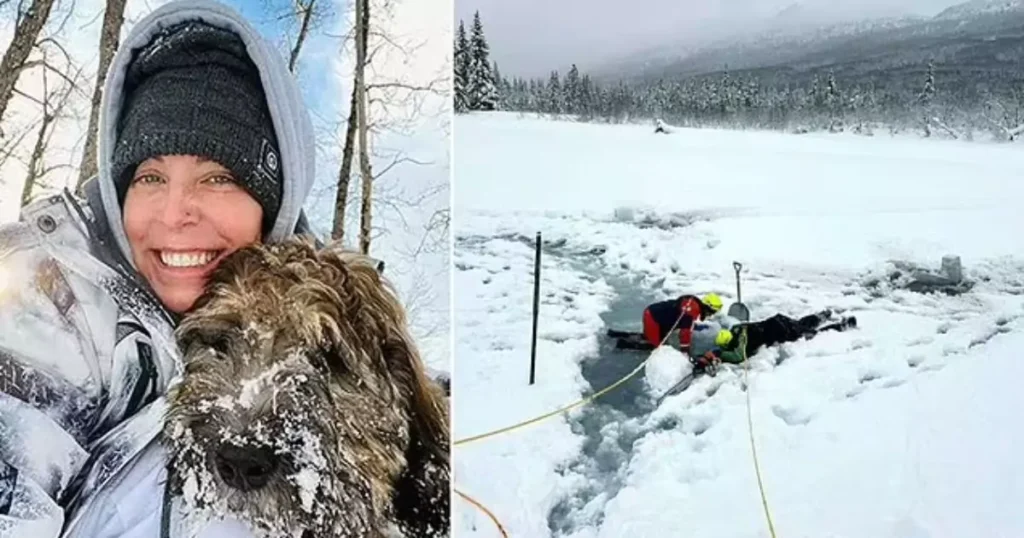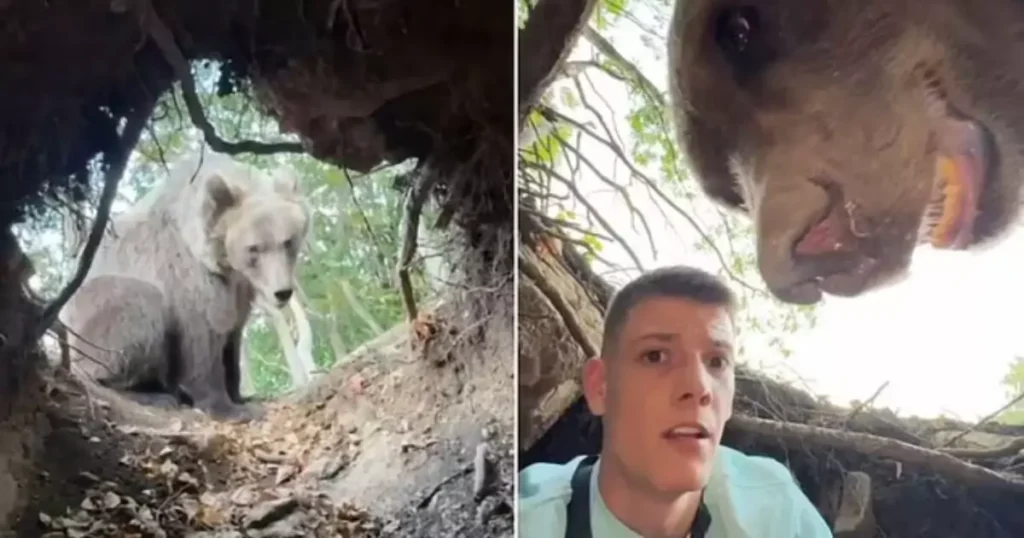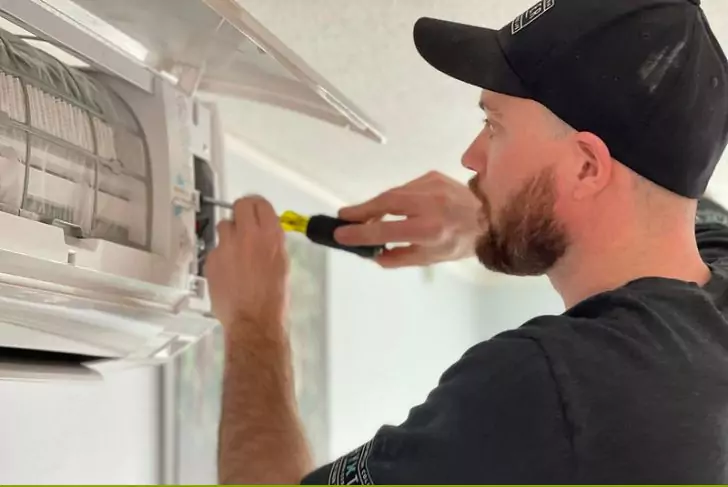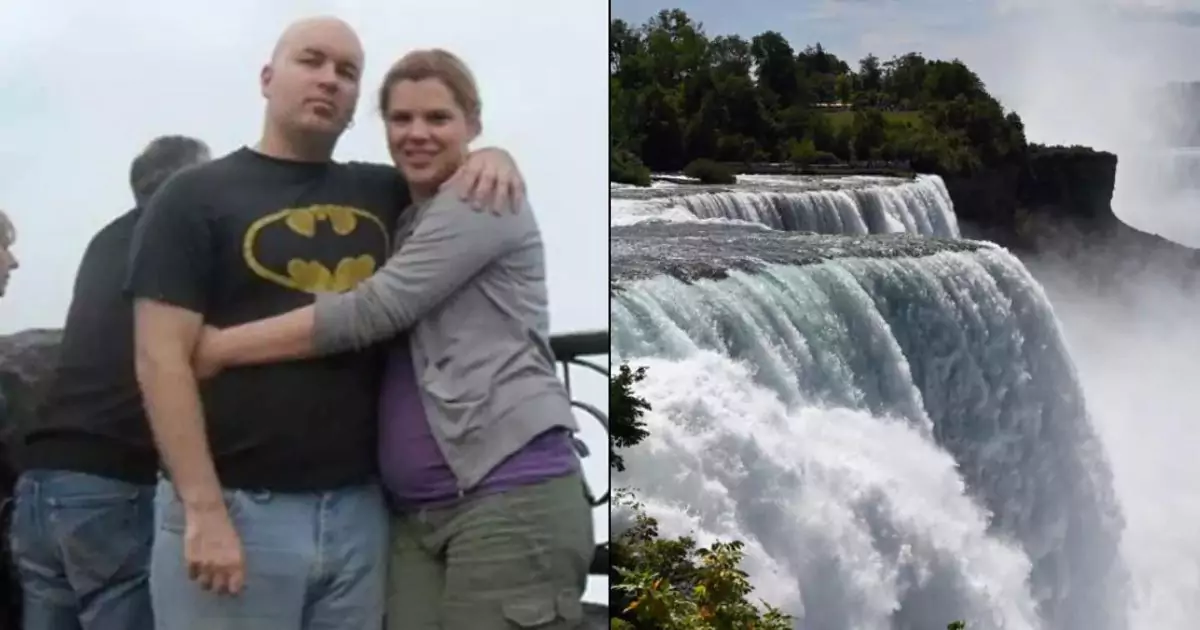
Niagara Falls is one of the most stunning natural landmarks in North America. Millions of tourists visit each year to admire its awe-inspiring beauty. However, the quest to capture the perfect moment can sometimes turn deadly. On August 14, 2011, a simple photo taken at Niagara Falls became famous—not for its beauty, but for capturing the final moments before a tragedy.
In this article, we’ll explore the heartbreaking story of Ayano Tokumasu, a Japanese exchange student who lost her life that day. We will also discuss the dangers of risky behavior in popular tourist spots and provide tips for staying safe.
The Beauty and Danger of Niagara Falls
Niagara Falls, located on the border between New York and Ontario, draws over 12 million visitors every year. Its breathtaking views make it one of the most popular tourist destinations in North America. Despite its beauty, Niagara Falls can be extremely dangerous if people ignore safety precautions.
Since 1850, around 5,000 people have fallen into the falls. Tragically, only 16 survived. This grim statistic highlights the risk of venturing too close to the edge for a better view or photo.
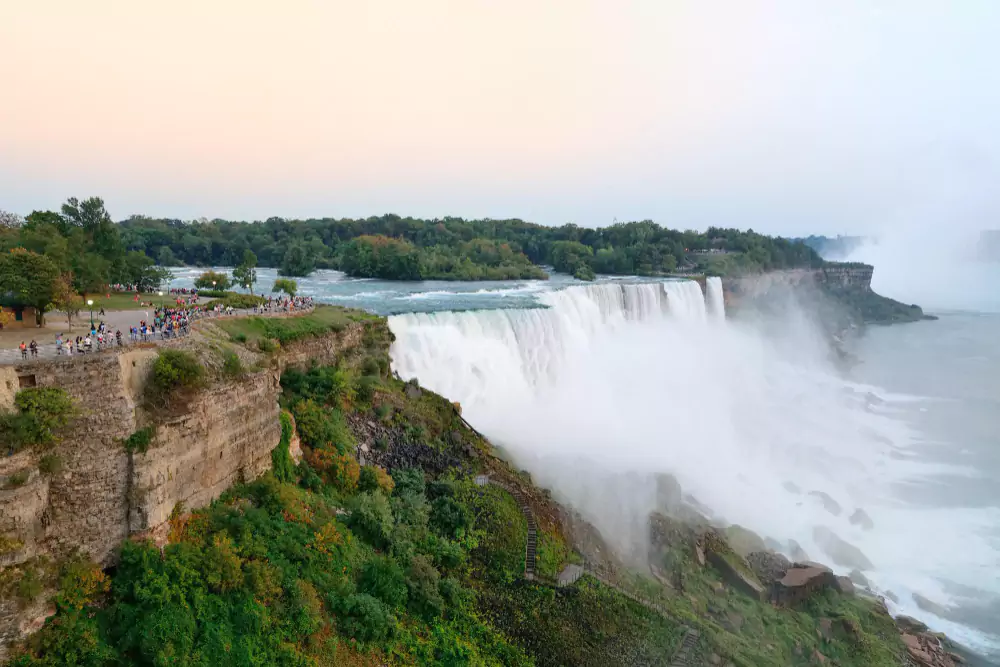
The Fateful Day at Niagara Falls
On a sunny August day, Canadian couple Andrea Smith and Jason Watson visited Niagara Falls for a day of sightseeing. They took a photo at the popular Horseshoe Falls, located on the Canadian side of the border. What seemed like a normal vacation picture turned out to be much more significant.
In the top left corner of their photo, a young woman in red could be seen standing near the edge. This woman was Ayano Tokumasu, a 20-year-old Japanese exchange student from Toronto’s Hansa Language Centre. Little did the couple know that their snapshot would capture Ayano’s final moments.
Ayano’s Tragic Fall
Ayano and her friend visited Niagara Falls, like so many tourists, to enjoy the view and take photos. But in her quest for the perfect shot, Ayano made a fatal mistake. She climbed over the safety railing to avoid having people in the background of her photo. When she tried to climb back over, she lost her balance and fell.
Eyewitnesses reported that Ayano was straddling the railing to get a better view. In an instant, she slipped and plunged into the powerful waters below. The current swept her away in seconds.
A Heartbreaking Search
Rescue teams quickly arrived after Ayano fell into the falls. However, due to the strength of the water, their efforts were in vain. It took four days before they recovered her body from the depths of Niagara. This tragic event devastated her family, friends, and the tourists who witnessed the accident.
The Photo That Captured the Moment
As news of Ayano’s death spread, Andrea Smith and Jason Watson realized they had unintentionally captured her last moments on camera. In their photo, Ayano stands just inches from the edge, moments before the fatal fall. Reflecting on the tragedy, Andrea Smith told the Windsor Star, “It actually gave me a chill [looking at the photo]. We could have done something to save her and we didn’t.” This haunting image reminds us of the dangers that come with disregarding safety rules.
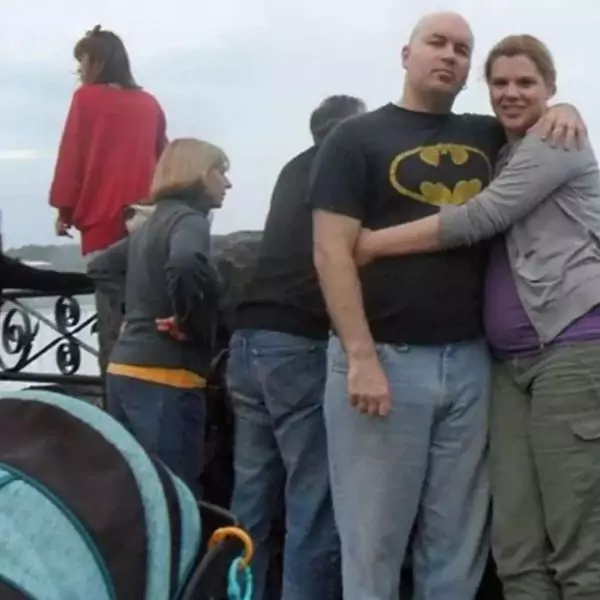
The Risks of Ignoring Safety Guidelines
Ayano’s story serves as a stark reminder of the dangers tourists face when they ignore safety regulations. Many visitors don’t realize how risky it can be to cross barriers for a better view or a perfect photo.
Why Do Tourists Take Such Risks?
In today’s social media-driven world, the pressure to capture the perfect shot is stronger than ever. Tourists often push boundaries to take pictures that stand out. Unfortunately, this pressure sometimes leads to tragic outcomes.
Here are some reasons why tourists take unnecessary risks:
- Social Media Influence: Many tourists want to recreate photos they’ve seen on platforms like Instagram, even if it means breaking safety rules.
- Underestimating the Danger: Visitors often don’t realize how powerful and dangerous the falls are.
- Desire for a Unique Experience: Some tourists believe they can avoid accidents, underestimating the risks.
Staying Safe at Tourist Attractions
While it’s tempting to take beautiful photos at places like Niagara Falls, safety should always come first. Here are a few tips to help you stay safe when visiting popular tourist destinations:
1. Respect Safety Barriers
Always stay behind safety barriers. They exist to protect you from dangerous drops or unstable ground. Never climb over them for a better view.
2. Be Aware of Your Surroundings
Tourist spots can be crowded, but always stay mindful of where you are. Slippery surfaces and steep drops can lead to accidents if you’re not careful.
3. Don’t Sacrifice Safety for Photos
No picture is worth risking your life. If taking a photo feels dangerous, it’s best to skip it.
4. Follow Local Guidelines
Every tourist destination has safety rules in place for a reason. Follow them closely to avoid accidents.
5. Travel with a Companion
When visiting potentially dangerous areas, bring a friend or family member. If something goes wrong, having someone nearby can make all the difference.
Social Media’s Role in Risky Behavior
The growing influence of social media has undoubtedly contributed to risky behavior at tourist destinations. People often prioritize capturing a unique photo over their own safety, driven by the desire for likes, shares, and followers.
In recent years, the term “selfie deaths” has emerged to describe the rising number of accidents caused by people trying to take risky photos. A 2018 study from the Journal of Family Medicine and Primary Care revealed that falling from heights is one of the leading causes of selfie-related deaths. The pressure to get the perfect shot continues to encourage dangerous behavior at landmarks across the world.
Safety Before the Perfect Shot
The tragic story of Ayano Tokumasu at Niagara Falls is a powerful reminder of the importance of following safety guidelines. It also highlights the dangers of taking unnecessary risks for the sake of a photograph. While natural landmarks like Niagara Falls offer breathtaking views, they also demand respect. Ignoring safety rules, even for a moment, can have deadly consequences.
As tourists, we must prioritize our safety over capturing a picture-perfect moment. It’s possible to enjoy beautiful places like Niagara Falls without sacrificing our well-being. Ayano’s story should remind us all that life is precious, and no photo is worth risking it.















